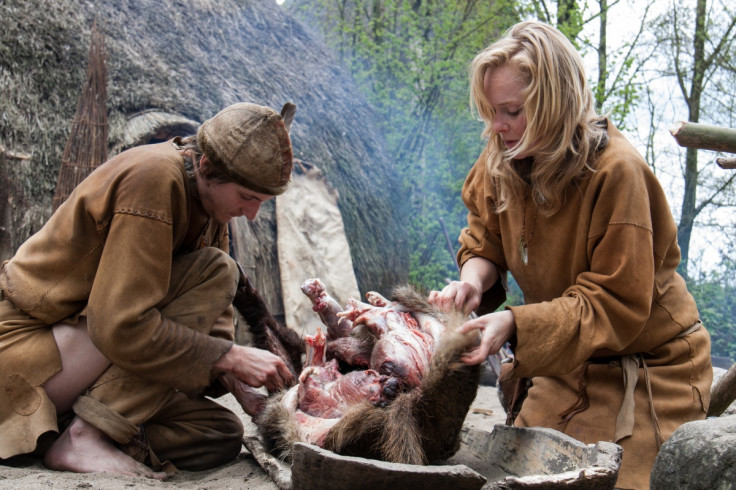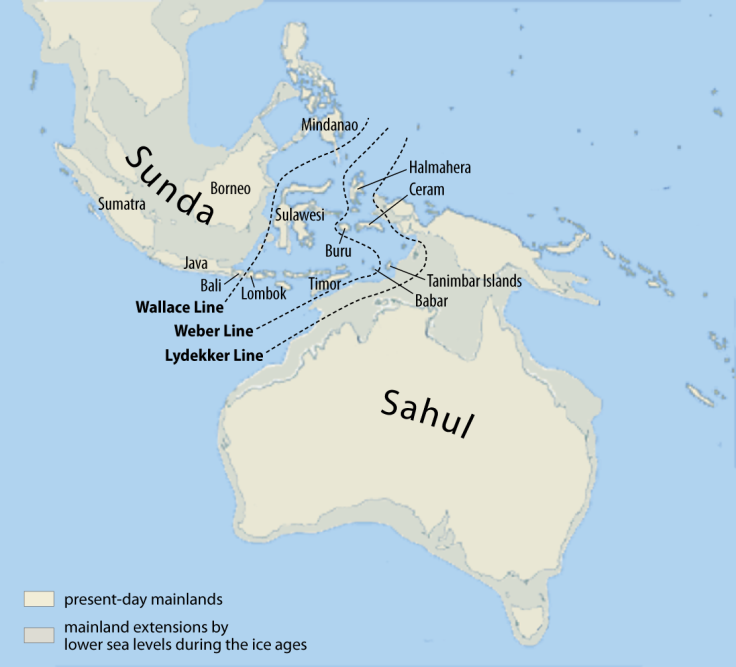Humans wiped out megafauna on ancient land Sahul within just a few thousand years of arrival

Humans were the cause of huge extinction events in the Sahul, which took place in the Pleistocene era – 2.6 million years ago to 12,000 years ago. Sahul – the interconnected mainlands of Australia, New Guinea and Tasmania – experienced multiple extinctions of its megafauna during the Pleistocene, but scientists have struggled to explain whether the cause of this was climate change, or human interaction.
Research published in the Proceedings of the Royal Society B says the answer is human interaction. The researchers from the University of Tasmania, say that evidence suggests hunting was one of the main reasons for megafaunal extinction, which must have occurred just a few thousand years after human arrival, roughly 40,000-50,000 years ago.

Records show that once upon a time, Sahul housed animals that weighed more than 3,000kg. Now, there are no native terrestrial animals larger than 40kg.
It is believed humans began to enter Sahul through an ocean crossing during the previous glacial cycle. After that, climate change began to dictate where people migrate to – not just in Sahul, but also in Europe and the Americas.
"The weight of the evidence that we have points clearly to direct human impact as the main cause of extinction," write the researchers. "High-quality dates indicate synchronous extinction within a few thousand years of human arrival.
"Where it is possible to interpret dynamics of megafaunal populations, populations appear to have crashed to extinction shortly after human occupation of Sahul rather than declining gradually over long periods beforehand."
The suggested reasons for extinction
To come to their conclusion, the authors compiled 85 sources of literature on the topic, weighing up all of the arguments from past researchers. There are two main arguments describing how these large animals became extinct in Sahul: human intervention, and climate change.

Researchers have suggested that climate change played a key role in the disappearance of the megafauna. Temperature data shows that the average temperature on Sahul varied almost every 100,000 years, ranging from a chilly -10C to more than 2C. This would have stressed the animals and their habitats, leading to their demise.
Others have argued that humans are the cause. Fossils across 20 different archaeological sites in Sahul have dated human arrival between 40,000-50,000 years ago.
However, there is even a divide in opinions on how these humans killed off the large animals. Hypotheses indicate it could either be through hunting, or by ferocious man-made fires which would have cut through forests and fields – ultimately removing any food source for herbivores.
Humans are extinction engines
After weighing up the evidence, the researchers from Australia agreed that human's hunting was the most likely cause of extinction in Sahul. They argue that if it were climate change, the megafauna would have disappeared at a much slower rate, by failing to adapt to the new climate, than records show they did.
They also say that hunting must have been the reason, as most animals would have been killed in the early stages of human arrival, when human populations were low, but the megafaunal populations were high.
The researchers argue that we should use the example of Sahul when describing the impact of humans on the environment in the future.
"Because the arrival of people in Sahul in the middle of the last glacial cycle was the first time in Earth history that modern humans reached a large landmass not already occupied by other hominids, Sahul provides an exceptionally valuable case for our understanding of the impacts of early humans on naive ecosystems," wrote the scientists.
© Copyright IBTimes 2025. All rights reserved.






















